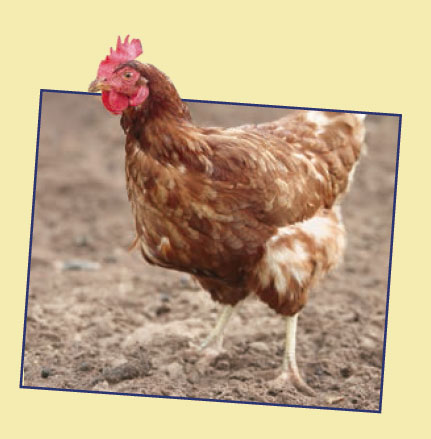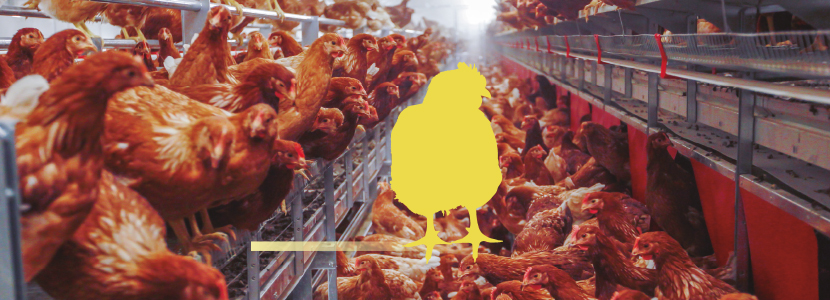Content available at: Español (Spanish)
In recent years, we have seen how the notion of poultry cage farming has come under the spotlight, with more and more producers considering shifting towards alternative systems. This not only imposes a change at the structural level, but also in the handling of the animals as well as a sanitary control with new horizons. Management is the fundamental pillar of this new type of production and the important role that rearing plays in the success of future flocks must always be remembered.
Prior to transfer
The importance of the correct hygiene program is well known, but with this type of production, the exterior of the warehouse also comes into play, so the disinfection of the exterior park areas must be included in the cleaning, disinfection and biosecurity program. The characteristics of the park, as well as the previous history of the flocks, will determine the measures and actions to be taken.

Intestinal parasites – a new health horizon – take on special importance. Rotating the soil will allow parasite eggs deposited in the lower layers of soil to surface, rendering their destruction much easier due to exposure to the actions of UV light. They will also be more exposed to the action of disinfectants.
Inside the shed, it may be advisable to use some fine bedding material in order to facilitate the creation of a ground that mimics the exterior (for example sand), although it hardly needs to be a superficial distribution to avoid the formation of excessive layers.
Transfer and accommodation
The transfer to the laying shed is usually carried out between 15 and 17 weeks of life. Depending on the logistics of each center as well as the body weight and appearance of the birds.
- Transfers at an early age have given good results in terms of handling and adaptation, although the size of the animals must be taken into account, since it must be adequate both to facilitate moving around the system with total ease and to reach all the elements that are in it (feeders, drinkers, etc.).
- In a well-networked sheds, it may be useful to leave the birds in the system for a maximum of 5-7 days to facilitate adaptation to structural elements. In the case of exceeding days within the network, there is a risk of decreasing flock uniformity, due to the high density of the birds and the feed distribution characteristics of this system.
- Do not ignore the supervision of the flock when the lights are out, as in the first days the birds are further stressed from the transfer.
- In systems where there is no network, special attention should be paid to when birds start lying down from day one. Birds should be trained to constantly move through the system.
15-17 weeks
The design of the shed in terms of light, ventilation and feed distribution must be as detailed as possible and always adapted for each flock.
- Feeding management should always be ad libitum and with an adequate number of distributions according to the daylight hours of the flock, starting with less and increasing as necessary. It is important during this phase to stimulate consumption.
- When using a chain feeding system, the use of feed and / or moistening the feed can be useful either by adding more water to the formula or by moistening it during its distribution from the hopper outlet, although everything will depend on the development of the bird and the evolution of body weight.
TO CONTINUE READING REGISTER IT IS COMPLETELY FREE Access to articles in PDF
Keep up to date with our newsletters
Receive the magazine for free in digital version REGISTRATION ACCESS
YOUR ACCOUNT LOGIN Lost your password?










